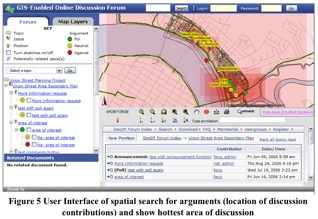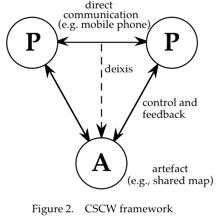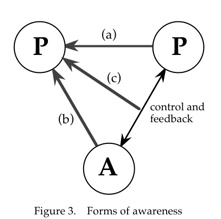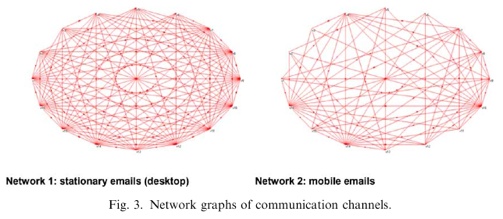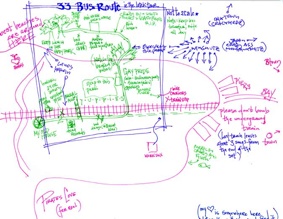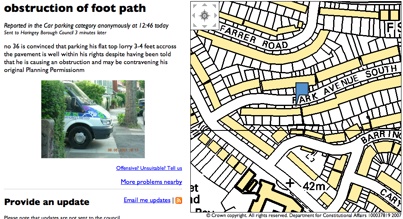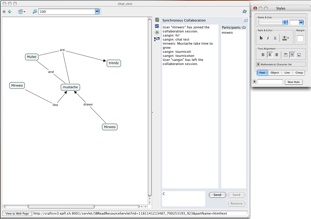Wyche, S. P., Hayes, G. R., Harvel, L. D., and Grinter, R. E. (2006). Technology in spiritual formation: an exploratory study of computer mediated religious communications. In CSCW ’06: Proceedings of the 2006 20th anniversary conference on Computer supported cooperative work, pages 199–208, New York, NY, USA. ACM Press. [pdf]
———
This paper aims at explaining the use of technology in religious life. The author performed a series of intervies with Protestant Ministers. Most pastors responded with a list of duties including educating the laity, preaching, and communication. More in details they reported using thechnological means to organize Bible study groups, for the pastoral care of the laity such as reaching sick parishioners or conunseling those in spiritual or personal crisis.
A good part of the article focus on thechnological enhancement to preaching and presentation. An interesting reported finding is that altough Ministers reported using commercial products for their presentations such as PowerPoint or Keynote, they expressed their misgivings about the fact that these software were designed with generic purposes in mind and that they do not support the peculiarities of spiritual training or presentation.
Some pastors expressed their feelings about the fact that using technology is essential for the church to be ‘contemporary’ but at the same time it is a matter of negotiation: a tradeoff between ‘relevance’ and ‘reverence’, but also a tradeoff between connection and distraction, remoteness and actual encounters. E. G., for spiritual practices solitude might be important.
Finally the authors reported interestingly that parishioners used technological access to spiritual material at work. So, we observe an ‘infiltration’ of domestic life in working settings. This allowed them to practice during the week instead of waiting for Sunday.
On a critical note, focusing the study on a single religion might have somehow biased the results. It might be interesting to broaden the spectrum of analysis to see if the same results apply.

